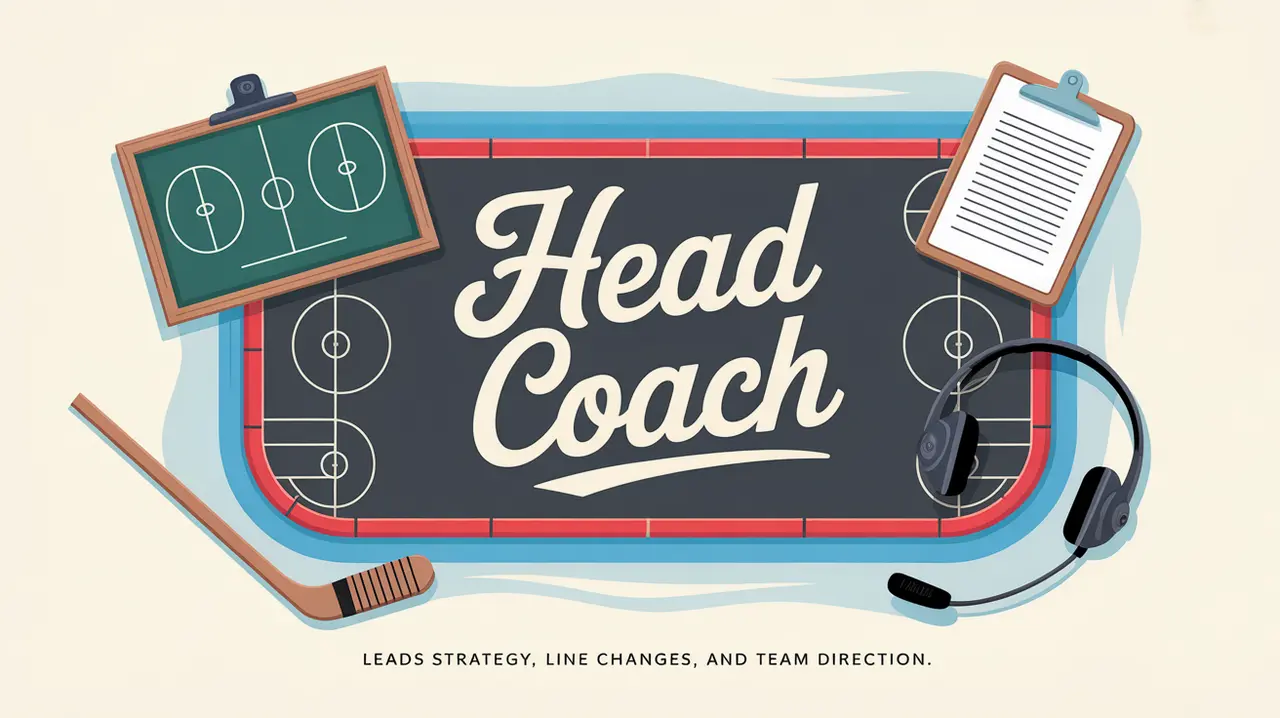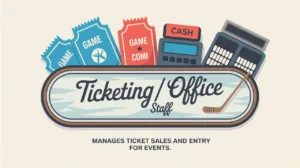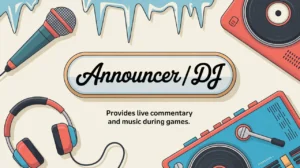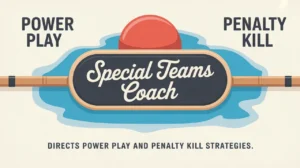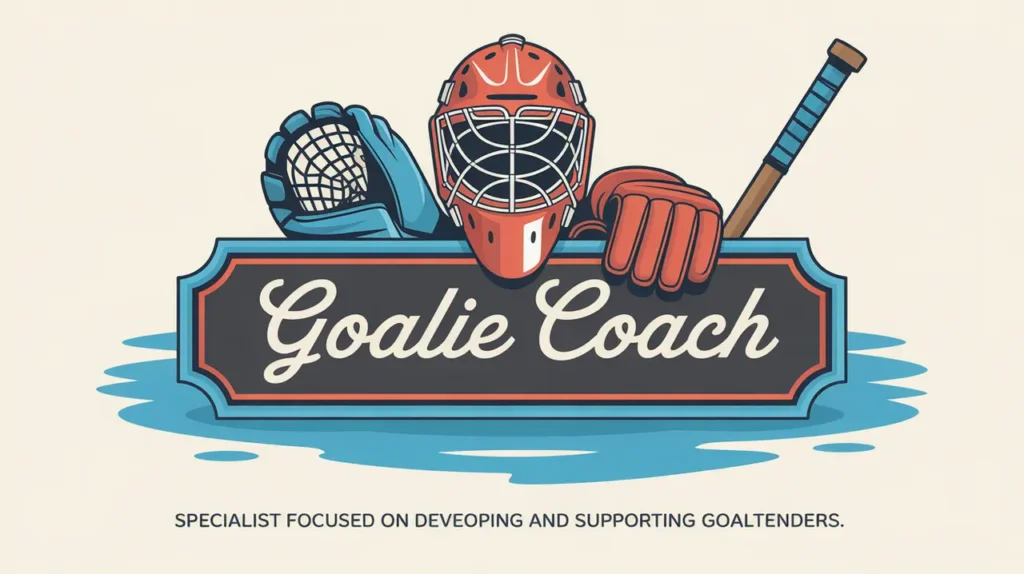Jim’s Intro to the Head Coach
Hi folks, Jim here, the only commentator who once thought that the “head coach” was the front vehicle in a caravan of buses.
What is a head coach?
The head coach is the strategic leader, motivator, and decision-maker for a hockey team. They oversee everything from systems and tactics to player development, line combinations, in-game adjustments, and overall team culture.
On the bench, the head coach sets the tone. Off the ice, they manage preparation, structure practices, handle media responsibilities, and make personnel decisions. Their influence reaches every corner of a team’s performance.
How does it work?
The head coach shapes the game through strategy, leadership, and decision-making:
Strategic Planning
- Before the puck drops, the head coach develops systems for offense, defense, and special teams, tailored to their roster’s strengths.
- They study opponents, craft game plans, and make adjustments for matchups, injuries, or tournament play.
Line Combinations and Matchups
- During games, the coach controls who’s on the ice. They roll lines to maintain flow, or deploy specific matchups to shut down stars or exploit weaknesses.
- They decide when to double-shift players, shorten the bench, or shake up lines to change momentum.
In-Game Adjustments
- The head coach reads the flow of play and tweaks strategies on the fly. If the breakout’s being stifled, systems shift. If the penalty kill is struggling, personnel rotates.
- Timeouts are used tactically to reset plays or emotionally to settle a team.
Player Development and Accountability
- Head coaches teach, mentor, and hold players accountable. They lead practices, give feedback, and shape team identity.
- They decide who plays, who sits, and who earns more ice time through performance and attitude.
Culture and Communication
- Beyond tactics, head coaches set the emotional and cultural temperature of a team.
- Their leadership influences discipline, resilience, and how players respond to pressure.
Common Situations Involving Head Coaches
- Calling Timeouts: Strategic pause to reset structure or shift momentum.
- Line Changes and Matchups: Deploying specific lines for offensive pushes or defensive shutdowns.
- Challenging Calls: Initiating video challenges for offside or goaltender interference.
- Adjusting Systems Mid-Game: Switching forecheck patterns or special teams tactics.
- Motivating the Bench: Delivering timely pep talks or holding players accountable during tough stretches.
How do you make good decisions with it?
Great head coaches rely on clarity, adaptability, and trust.
- Know Your Team: Understand each player’s strengths and weaknesses to build effective systems.
- Read the Game: Recognize momentum swings early and act decisively.
- Communicate Clearly: Players follow leaders who articulate strategy simply and consistently.
- Balance Short-Term and Long-Term Goals: Win the game, but also build the team.
- Trust the Staff: Delegating to assistants and specialists improves precision.
How do you master it?
Mastering the head coach role requires deep hockey knowledge, emotional intelligence, and quick decision-making under pressure. Elite coaches blend preparation with adaptability, shifting strategies seamlessly. They build trust with players, earn respect through consistency, and maintain calm authority in the storm of a tight game.
What does it look like when done right?
A great head coach runs the bench like a well-oiled machine. Lines change smoothly, players know their roles, and adjustments happen without chaos. The team responds to adversity with structure instead of panic. After the game, whether in victory or defeat, everyone knows the direction comes from the top with clarity and confidence.
Commentator’s Corner
Jim’s Take
Head coaches are like chess masters on skates. While everyone else is chasing the puck, they’re three moves ahead, sipping coffee and pulling the strings.
Parent Tip
Support coaches by backing their decisions at home. Consistent messaging between bench and family builds stronger, more confident players.
Player Tip
Listen closely. Coaches notice effort and attitude as much as results. Show up ready to learn, and you’ll earn their trust and ice time.
A Final Thought
The head coach is the strategic heartbeat of a hockey team, blending tactical vision with leadership to guide every shift, breakout, and special teams play. When mastered, the role weaves strategy, adaptability, and culture, turning a roster of individuals into a unified force.

